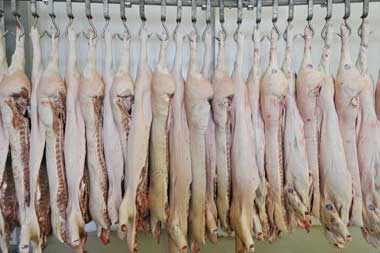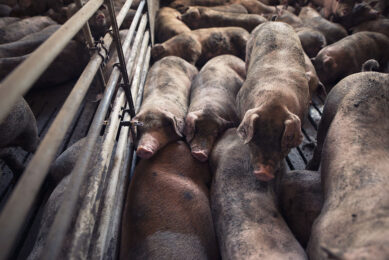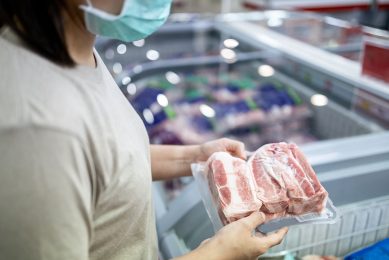US: Sanitary equipment principles, Listeria reduction

The American Meat Institute Foundation (AMIF) released its new Sanitary Equipment Design Principles which have been a leading factor in food safety advances in meat and poultry plants including the reduction of Listeria monocytogenes in ready-to-eat meat and poultry products.
The Principles were developed through an Equipment Design Task Force (EDTF) which was charged with developing equipment sanitary design principles that meet the expectations of the meat and poultry industries.
The design principles provide an opportunity for equipment providers and users to work together to identify issues of common concern before equipment reaches the plant floor while creating a standardized food safety focus for equipment evaluation. The principles also include a checklist, glossary and new photo examples for plants to use when evaluating their equipment.
The ten principles of sanitary design are:
• Cleanable to a Microbiological Level
• Made of Compatible Materials
• Accessible for Inspection, Maintenance, Cleaning and Sanitation
• No Product or Liquid Collection
• Hollow Area Should be Hermetically Sealed
• No Niches
• Sanitary Operational Performance
• Hygienic Design of Maintenance Enclosures
• Hygienic Compatibility With Other Plant Systems
• Validated Cleaning and Sanitizing Protocols
The Sanitary Design Principles were originally developed in 2002. The original EDTF was honored with AMI’s 2003 Industry Advancement Award for their work. The updated Principles were developed by an EDTF comprised of representatives from eleven meat and poultry processing companies who consulted equipment manufacturers, certifying organizations and government officials to identify the critical nature of equipment design in reducing the risk of contamination by pathogens.
To view the Sanitary Equipment Design Principles, click here.
Source: AMI











